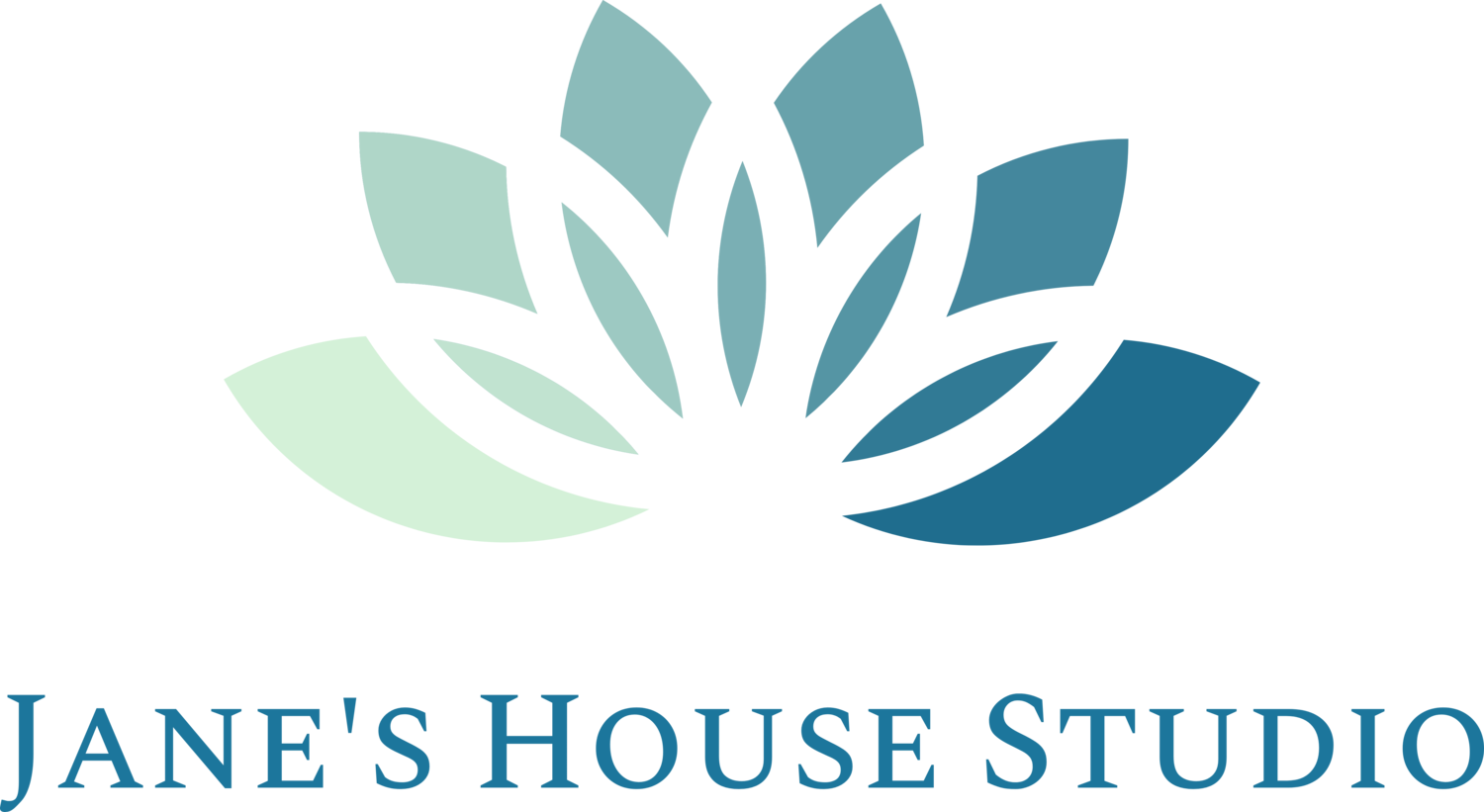Beyond Posture: The Breath in Yoga
At the heart of classical hatha (physical) yoga lies not just asana, or the postures themselves, but pranayama, the conscious control of breath. While many students initially focus on perfecting physical postures, the traditional path uses asana as a gateway to more subtle experiences through yogic breathing practices.
When we direct our attention to breathing, we awaken to deeper bodily sensations. Beginners notice the external movements of the chest and abdomen, but with practice, we begin to feel the internal rhythm and pulsation of breath itself.
As the breath grows calmer and more controlled, we can explore even deeper sensations. The ancient practices of bandhas (energy locks) and mudras (gestures) enhance this inner awareness. Modern science calls this interoception, our perception of internal bodily sensations, and research increasingly shows its critical importance to both physical well-being and mental health.
This journey begins with mindful movement, in asana. Deliberate movement and conscious breath allow both space and time to truly feel the body. In quieter poses and moments of stillness, the breath becomes an anchor to draw awareness deeper within.
From these mindful postures, a natural transition opens for periods of focused breathing, and feeling the rhythmic waves of breath moving through the body. With a gentle and curious approach to this inner practice, it becomes possible to cultivate the essential skill of self-observation, especially in the spirit of kindness to whatever arises within.
With consistent practice, attention can settle more deeply and comfortably in the body. This enhanced mind-body connection improves the integrated function of both physical and mental systems, creating a foundation for more advanced meditation practices.
Perhaps most importantly, this deeper awareness supports navigating the natural imbalances of modern living. By fostering a safe, positive connection to the body through the breath, we move toward greater well-being, not just in theory, but in lived experience.
Join us at Jane’s House to discover how the ancient wisdom of pranayama can transform your practice and your life.
